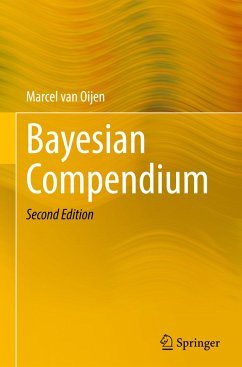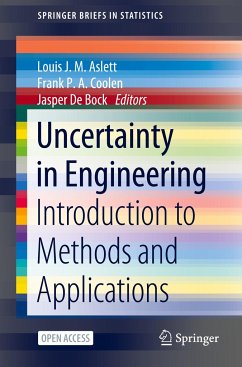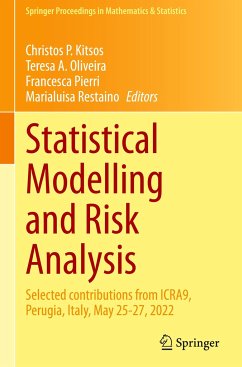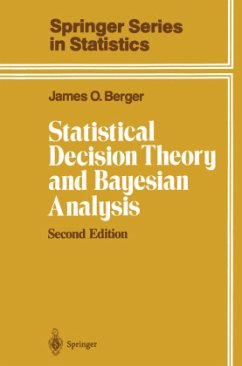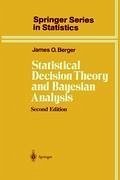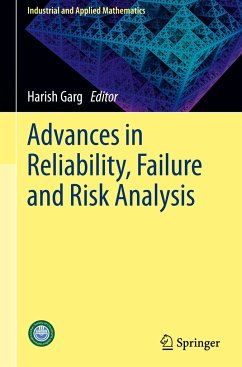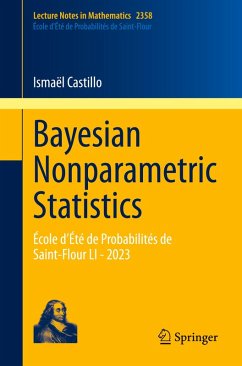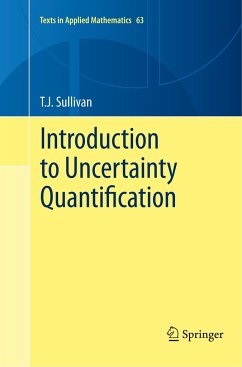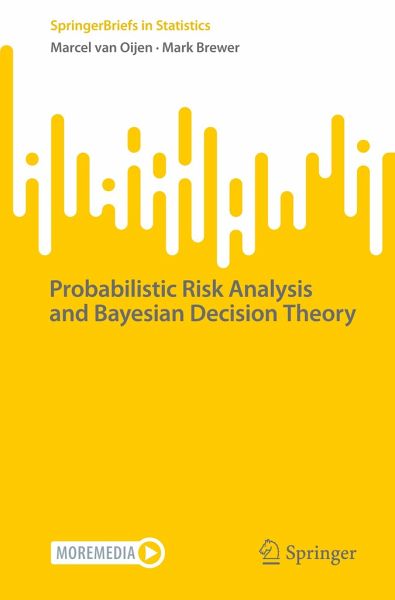
Probabilistic Risk Analysis and Bayesian Decision Theory

PAYBACK Punkte
21 °P sammeln!
The book shows how risk, defined as the statistical expectation of loss, can be formally decomposed as the product of two terms: hazard probability and system vulnerability. This requires a specific definition of vulnerability that replaces the many fuzzy definitions abounding in the literature. The approach is expanded to more complex risk analysis with three components rather than two, and with various definitions of hazard. Equations are derived to quantify the uncertainty of each risk component and show how the approach relates to Bayesian decision theory. Intended for statisticians, envir...
The book shows how risk, defined as the statistical expectation of loss, can be formally decomposed as the product of two terms: hazard probability and system vulnerability. This requires a specific definition of vulnerability that replaces the many fuzzy definitions abounding in the literature. The approach is expanded to more complex risk analysis with three components rather than two, and with various definitions of hazard. Equations are derived to quantify the uncertainty of each risk component and show how the approach relates to Bayesian decision theory. Intended for statisticians, environmental scientists and risk analysts interested in the theory and application of risk analysis, this book provides precise definitions, new theory, and many examples with full computer code. The approach is based on straightforward use of probability theory which brings rigour and clarity. Only a moderate knowledge and understanding of probability theory is expected from the reader.





